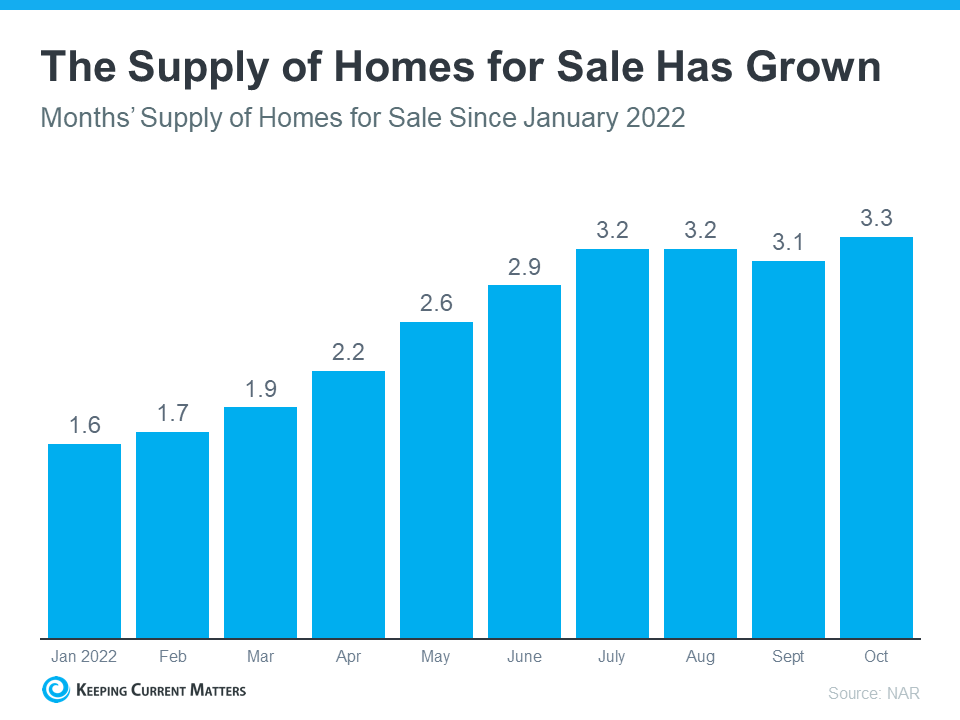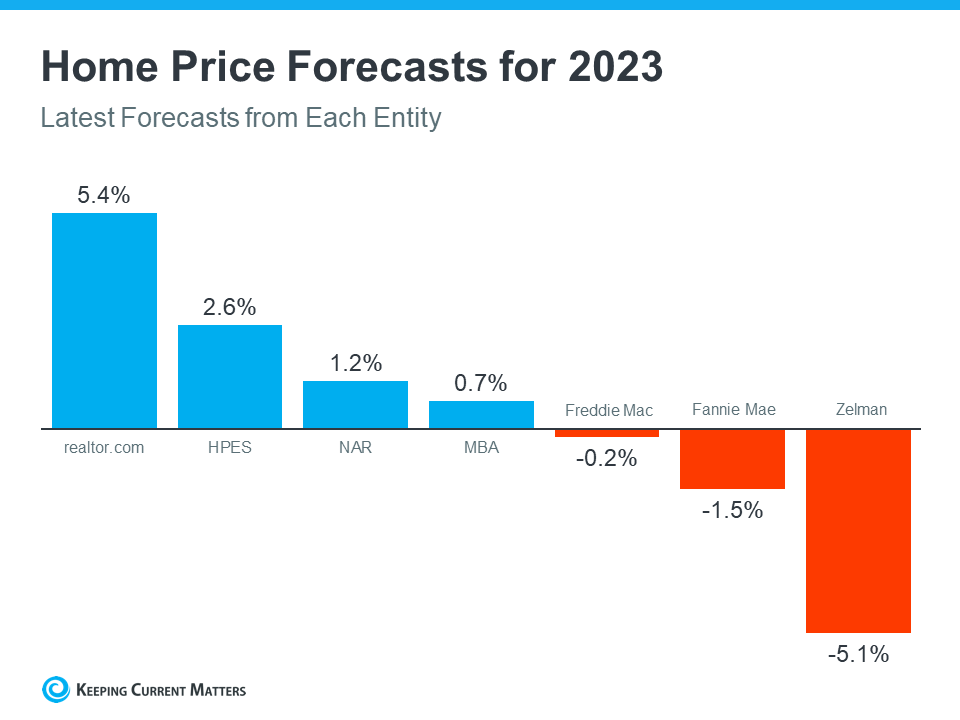
Grab some hot cocoa and get in the holiday spirit by seeing “The Best Lights in DFW.” Although some days are warm, it is beginning to look a lot like Christmas across DFW! Lights have been hung, trees adorned and presents wrapped in preparation for Old Saint Nick. While we patiently wait, what better way to get in the holiday spirit than celebrating at some of our favorite holiday events across DFW?
ENCHANT CHRISTMAS
Take in the world’s most magical Christmas light maze and village this year at Fair Park. Enchant Christmas features ice skating on the sparkling ice trail, delicious treats in Enchant Eatery and photos with Santa in Santa’s Landing.
CHRISTMAS AT GAYLORD TEXAN
There’s fun for all ages at the Gaylord Texan’s seasonal celebration. Step into the magical world of The Polar Express for this year’s signature ICE! experience. Enjoy the classic holiday story told through larger-than-life ice sculptures and take a plunge down slides made entirely of ice.
RADIANCE! AT THE RANCH
Returning for the third year in a row, marvel at a majestic sight as you drive through Weatherford’s Radiance! At the Ranch. Sip on some delicious hot chocolate and take in sparking lights animated to the music of holiday classics from the comfort of your vehicle.
CHRISTMAS IN THE SQUARE
Celebrating its 17th year, this Frisco Square celebration is home to the largest choreographed holiday lights and music show in North Texas. Ice skate the Square, ride a horse-drawn carriage and get a picture with Santa Claus himself. In need of a Christmas tree this year? Support Scouts Troop 51 by purchasing one from their tree lot.
HOLIDAY IN THE PARK
If you’re feeling adventurous this season, then the annual Six Flags Over Texas celebration is for you! Ride some of your favorite rides while taking in beautiful light displays and delicious foods like s’mores, hot chocolate and Christmas-themed funnel cakes.
GIFT OF LIGHTS AT TEXAS MOTOR SPEEDWAY
Head north on I-35W to Texas Motor Speedway’s Gift of Lights drive-thru extravaganza, benefiting Speedway Children’s Charities and KLTY Christmas Wish. This 2-mile light park boasts over a million amazing light displays.
THE 12 DAYS OF CHRISTMAS
Find yourself in The 12 Days of Christmas brought to life at the Dallas Arboretum and Botanical Garden. Stroll through 12 Victorian-style gazebos inspired by the classic Christmas carol, open both during the day and at night. New this year at the Arboretum is The Artistry of Faith & Culture: an exhibit celebrating the diversity of the holiday season in Dallas.
VITRUVIAN LIGHTS
Located in Addison’s Vitruvian Park, this remarkable display of lights is a must-see for people across DFW. Take a dazzling stroll with your loved ones through the park ending January 1.
PRAIRIE LIGHTS
Stay warm and cozy as you drive through this breathtaking path of four million lights in Grand Prairie. The Holiday Village has something for all including carnival rides, photos with Santa and a magical walk-through forest.
—-
When I find an article I believe will be helpful to my friends and clients, I post it here on my blog. If you would like to read the article from the original source, you may read it here.


 Facebook
Facebook
 X
X
 Pinterest
Pinterest
 Copy Link
Copy Link












![Should You Update Your House Before You Sell? Ask a Real Estate Professional. [INFOGRAPHIC] | Keeping Current Matters](https://files.keepingcurrentmatters.com/wp-content/uploads/2022/11/16140107/Should-You-Update-Your-House-Before-You-Sell-Ask-A-Real-Estate-Professional-NM.jpg)









